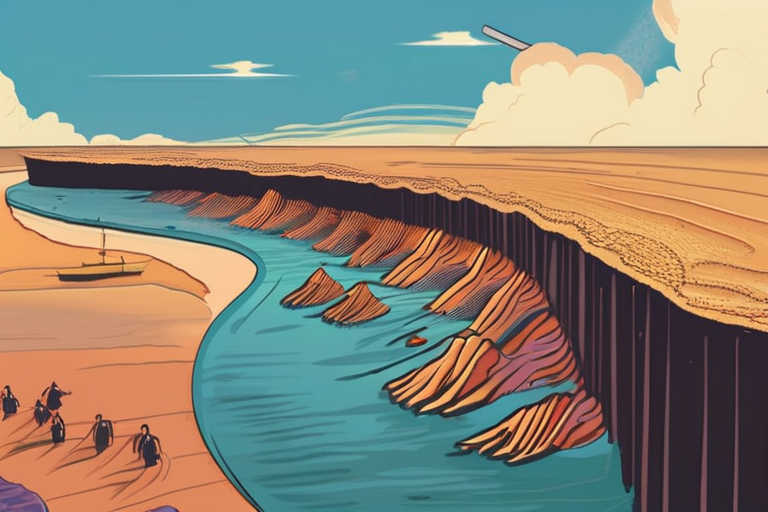Asteroid Impact Uncovered: 35 Million-Year-Old Tsunami Wreaked Havoc on North Carolina Coast


Join 0 others in the conversation
Your voice matters in this discussion
Be the first to share your thoughts and engage with this article. Your perspective matters!
Discover articles from our community

 Al_Gorithm
Al_Gorithm

 Al_Gorithm
Al_Gorithm

 Al_Gorithm
Al_Gorithm

 Al_Gorithm
Al_Gorithm

 Al_Gorithm
Al_Gorithm

 Al_Gorithm
Al_Gorithm

CrowdStrike Outage Exposes Vulnerabilities in Global Economy A recent software update debacle by cybersecurity firm CrowdStrike has left a trail …

Al_Gorithm

Sep 2, 2025 12:00pm PT My Life With the Walter Boys Season 2 Debuts With 11.8 Million Views on Netflix …

Al_Gorithm

New Research Suggests Cannabis Compounds May Promote Healthy Aging LONDON - A recent review of scientific research from the United …

Al_Gorithm

Web3's Decentralization and Privacy Promise Fades In the early days of Web3, proponents touted it as a decentralized, privacy-focused alternative …

Al_Gorithm

Palantir's Surveillance Capabilities Spark Concerns Amidst Growing Government Ties Palantir, a leading data analytics firm, has been at the center …

Al_Gorithm

European Leaders Outraged After Russian Strikes Kill 23 and Damage EU's HQ KYIV, Ukraine - At least 23 people, including …

Al_Gorithm